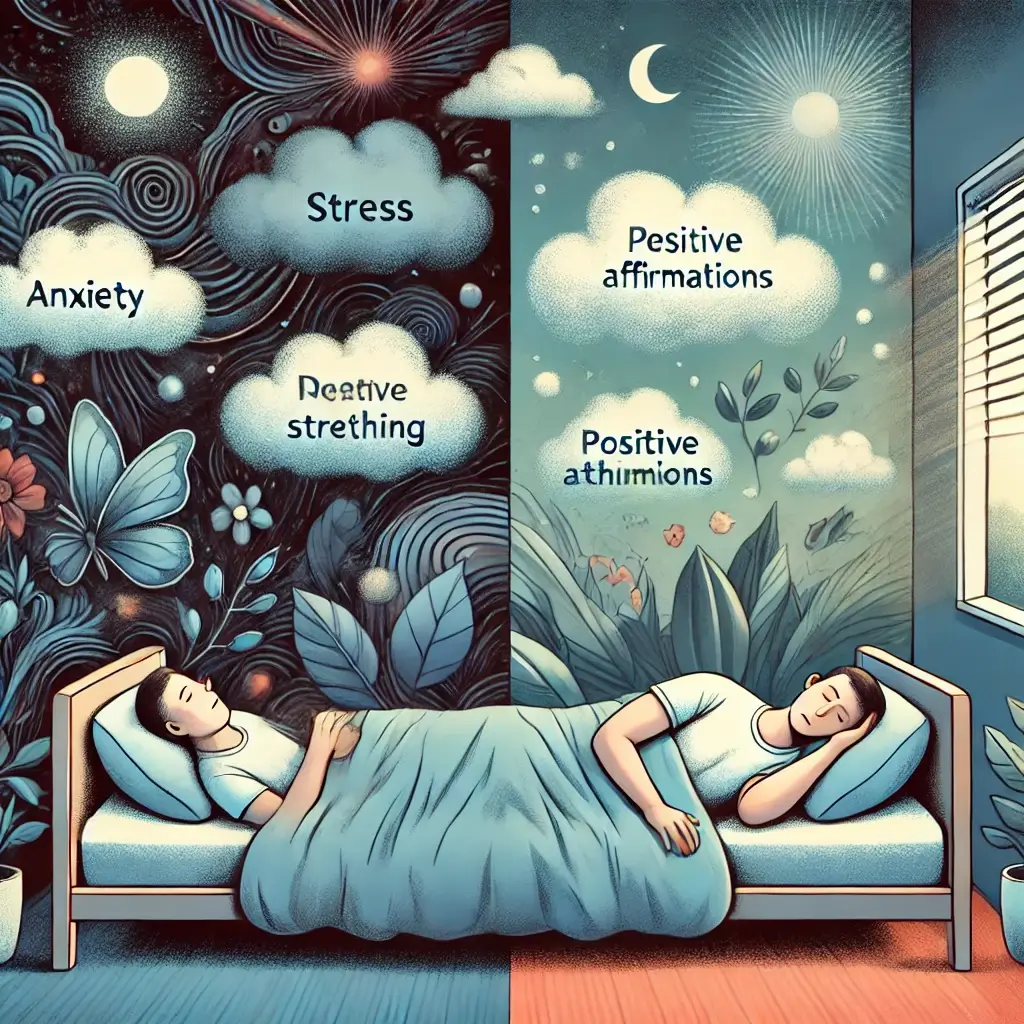Understanding CBT’s Foundation
A type of treatment called cognitive-behavioral therapy (CBT) looks at how your ideas, feelings, and actions are linked. It is a short-term, goal-oriented therapy that helps you figure out and change the bad habits of thinking and acting that are making your problems worse.
The Connection Between Thoughts and Actions
CBT is based on the idea that our actions, feelings, and thoughts are all linked. When we think bad things, we might act and feel bad too. If we think we are going to fail a test, for instance, we might feel stressed and not study. These things can then cause us to fail the test due to negative thinking.
Breaking Negative Thought Patterns
When we question our negative thoughts and learn new ways to think and act, cognitive behavioral therapy (CBT) helps us break this loop. For instance, if we are scared of speaking in public, we could learn to question our ideas that it is dangerous or embarrassing. We could also learn ways to calm down to help us deal with public speaking anxiety.
Wide Range of CBT Applications
People with a lot of different mental health issues can benefit from cognitive behavioral therapy (CBT). These include anxiety disorders, sadness, eating disorders, and long-term pain. A lot of people also use it to help with insomnia.
Flexible Treatment Options
You can do CBT with a therapist one-on-one, in a group, or online. Different people and problems will need different numbers of lessons.
CBT’s Overall Benefits
CBT is a useful and useful treatment that can help you change the way you think and act. CBT might help you if you are having a hard time with a mental health issue.
Core CBT Methodologies
CBT uses the following main methods:
Understanding Cognitive Restructuring
The therapist will help you figure out what your bad thoughts are and then show you how to think more critically about them.
The Process of Cognitive Restructuring
In cognitive-behavioral treatment (CBT), cognitive restructuring is a way to help people find and change harmful or skewed ways of thinking. This idea comes from the thought that our feelings, thoughts, and actions are all linked.
Impact of Negative Thinking
When we think bad things, we might act and feel bad too. If we think we are going to fail a test, for instance, we might feel stressed and not study. These things can then cause us to fail the test.
Learning New Thought Patterns
Cognitive retraining teaches people new ways to think and act and challenges their negative thoughts to help them break the loop.
Practical Application Example
For instance, if we are scared of speaking in public, we could learn to question our ideas that it is dangerous or embarrassing. We could also learn ways to calm down to help us deal with our stress.
Behavioral Stimulation Technique
Behavioral stimulation is a method that can help you do more good things and less bad things. He or she will help you figure out what you enjoy doing and what will make you feel better.
Understanding Exposure Therapy
Exposure therapy is a way to help people get over their fears and nervousness. It will be safe and controlled, and the therapist will help you slowly face the things you are afraid of.
Relaxation Training Benefits
People use relaxation training to help them deal with worry and anxiety. The therapist will teach you ways to calm down, like how to meditate and take deep breaths.
CBT as a Safe Treatment Option
CBT is a treatment that can help you get better mental health that is also safe. Talk to your doctor or a mental health provider if you want to learn more about CBT.
Additional CBT Characteristics
Another thing to remember about CBT is the following:
Collaborative Approach
It is a joint therapy, which means that you and your doctor will make a treatment plan and set goals together.
Treatment Duration
CBT is a short-term treatment that lasts between 12 and 20 weeks on average.
Commitment to Change
It can be hard to do CBT, but it is also very helpful. CBT can help you make changes in your life that will last if you are willing to put in the work.
